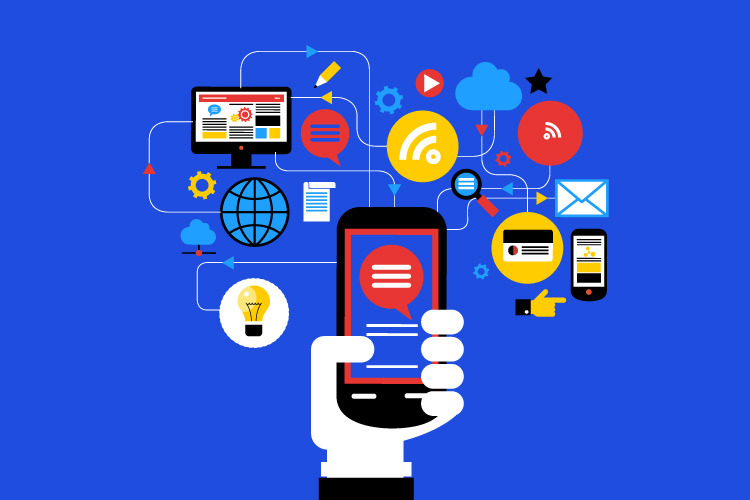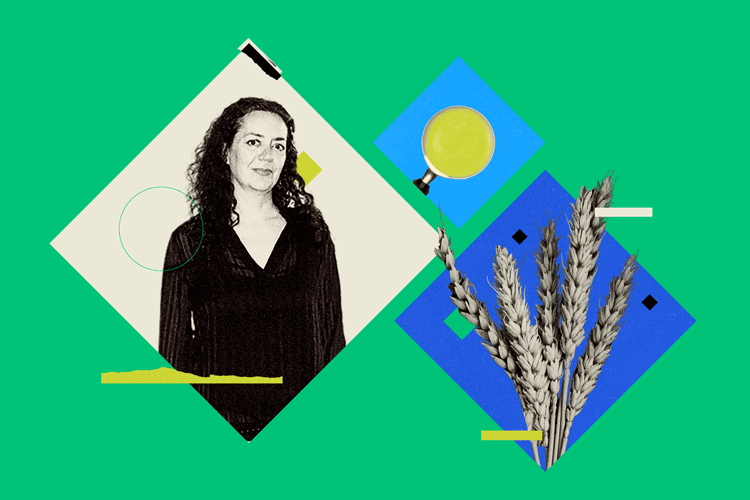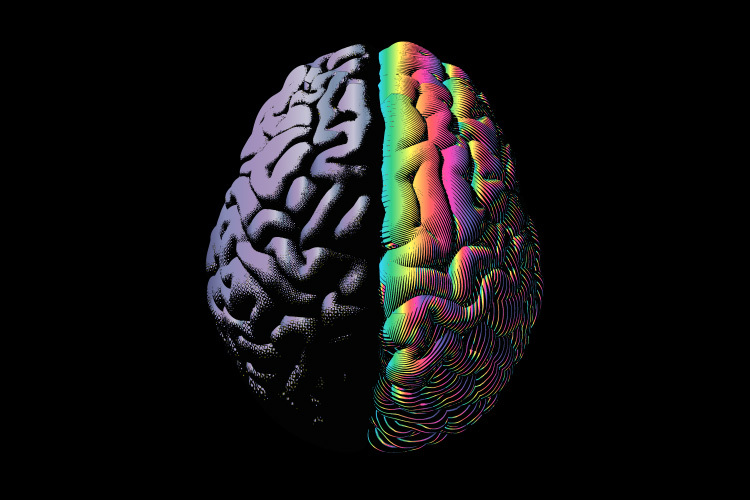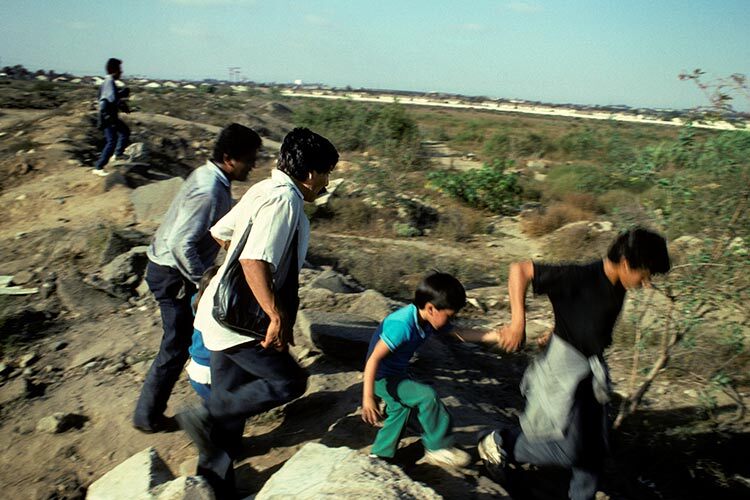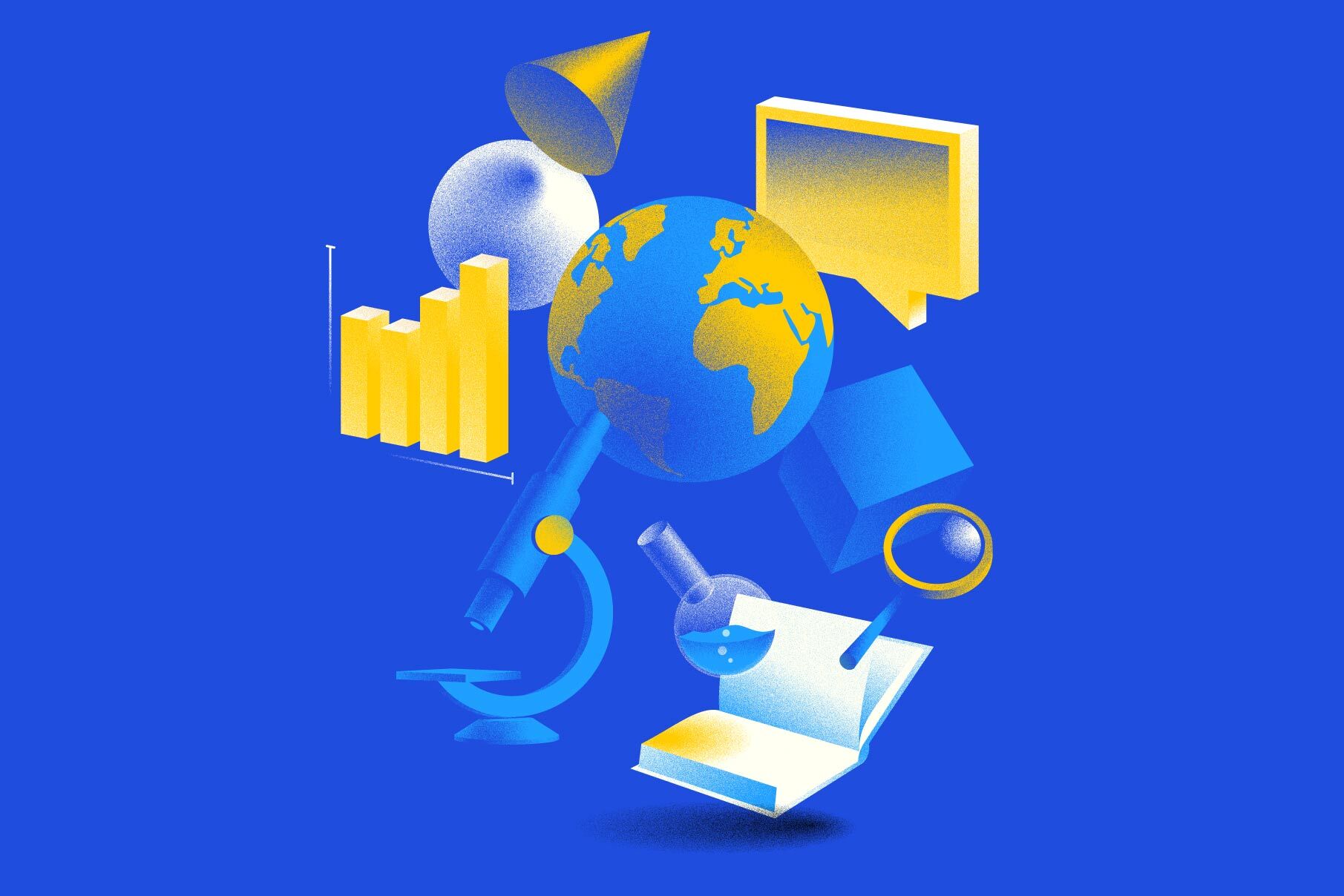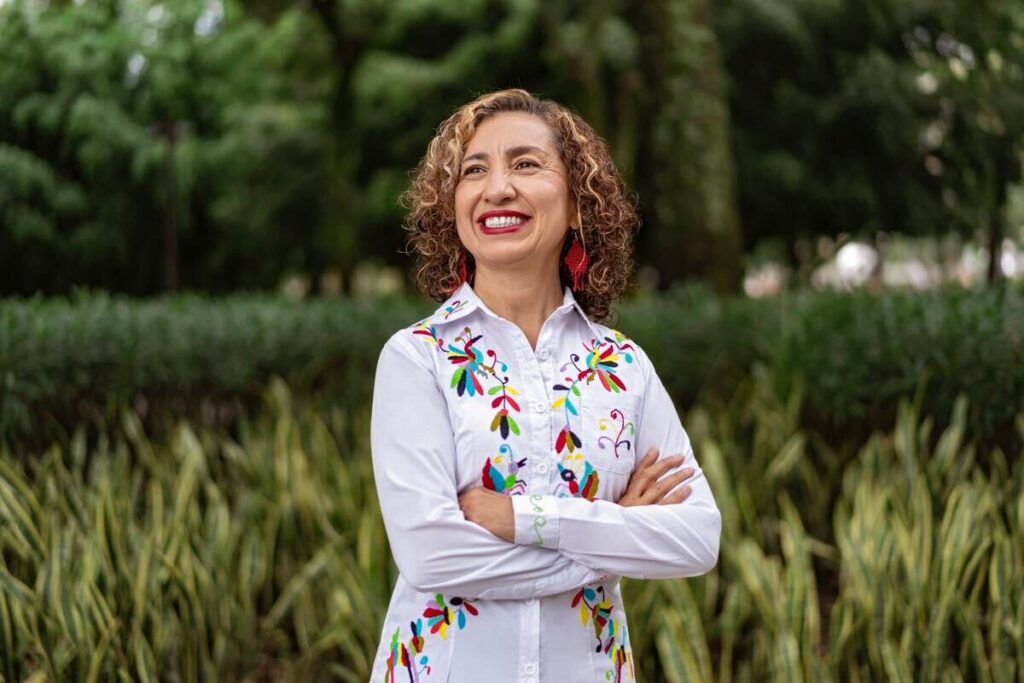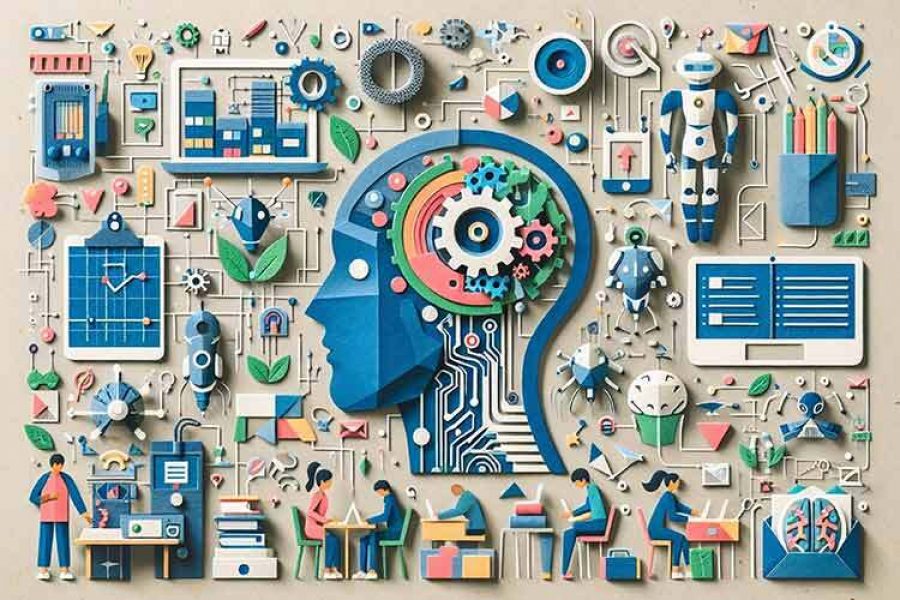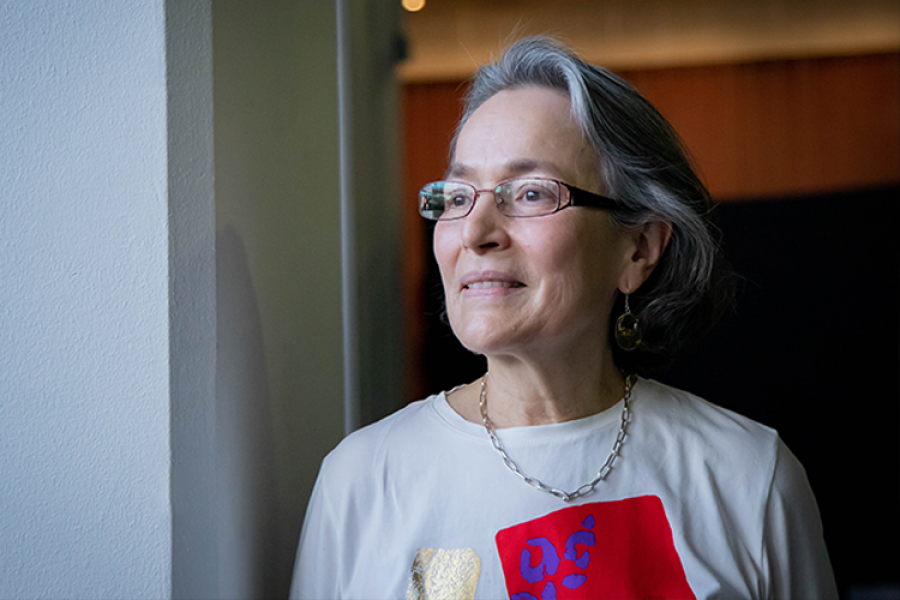According to the World Economic Forum’s Global Risks Report 2024, disinformation will be the second most significant threat that humanity will face in the coming years, surpassing issues like social polarization, the cost-of-living crisis, and cyberattacks.
Alejandro Martín del Campo, researcher at the School of Humanities and Education at Tec de Monterrey and director of the institution’s Digital Humanities initiative, argues that this pervasive issue impacts various sectors, including health, economy, and education.
To tackle this challenge, experts from multiple disciplines are collaborating on the Digital Media Observatory. This initiative, spearheaded by the Vice-rector Office of Research, aims to identify and monitor dominant narratives in Mexico’s digital media landscape and highlight disinformation mechanisms.
“Most people now get their news from digital sources,” the professor explains. Users seek information about their communities through various platforms, where they often encounter disinformation that spreads virally as individuals share content without verifying whether an event occurred.
How Fear Spreads
During the campaigns for Mexico’s presidential elections in 2024, researchers at the Digital Media Observatory analyzed platforms such as Facebook, YouTube, Instagram, TikTok, and X (formerly Twitter), gathering over half a million messages related to any of the three presidential candidates.
Using this data, a group of students evaluated the most discussed topics during the debates while another professor investigated how “fear” was spread, analyzing messages that utilize this concept. These projects capitalize on the insights generated by the observatory.
“Disinformation is an industry that targets various population segments, generating money and resources; it’s a problem that has been studied for years,” he says.
He adds that the current challenge lies in the speed at which this content spreads, noting that countering it requires twice the effort needed to create it.
In this regard, the observatory will combat disinformation and contribute to media literacy through four key actions:
- Open Data Generation
This initiative involves monitoring digital media, primarily social networks, blogs, and news portals, to create databases and valuable information for researchers, journalists, and society.
For instance, the databases compiled during the federal campaigns include graphs and metrics to evaluate content, which are available on the observatory’s website for those interested in conducting in-depth research.
- Media Literacy
The observatory develops and offers tools and resources to help individuals identify fake news, verify information, and understand how disinformation mechanisms operate.
“This competency should be integrated across all fields of study. It’s not just the responsibility of journalists or communication professionals; everyone is exposed to disinformation and must learn how to combat it, navigate around it, or—at worst—consume it. Our goal is to create workshops and resources for our students and society,” he emphasizes.
Among the resources available are a compilation of guides and free courses, downloadable books, and artificial intelligence tools—such as WhatsApp bots—to verify potential false content that may arrive via mobile devices.
- Fact-Checking
During the presidential elections, the observatory launched a project called Verifactz to distinguish reliable content from misleading information on social media.
This initiative consists of a network of information verifiers of Tec students, supported by journalists and researchers. Through a verification matrix, students are trained to assess elements that determine whether a piece of content is true, false, dubious, or unverifiable.
- Research
Experts at the observatory also conduct analyses and publish data on various topics, as well as map and visualize information, to contribute to scientific production and knowledge dissemination.
For instance, they have produced content related to the role of media and digital audiences in the U.S. presidential elections, trends and viral phenomena like the #tradwives concept, and conspiracy theories on social media and their risks to governments.
These research findings are published as articles and reports on the observatory’s platform under the news section, and they are also shared through weekly newsletters available via free subscription.
An Observatory for a Balanced Information Diet
Martín del Campo links the concept of an information diet to nutrition, where the Digital Media Observatory acts as a nutritionist on how to achieve a balance between the sources of information they consume and the “nutritional” elements of online content—ultimately leading to a “plate of good information.”
To fulfill this objective and align with the paradigms of today’s digital society, the observatory is a collaborative project involving journalists, professors, researchers, lawyers, and engineers. These participants employ journalistic methodologies and leverage technical and legal expertise to combat disinformation effectively.
In selecting which platforms to analyze, the team relies on data such as that provided by the Digital News Report from the Reuters Institute and the University of Oxford. This information highlights the most consumed platforms by age group and gender and their use for entertainment versus informational purposes.
“We select platforms based on this data, particularly those from Meta, such as Instagram and Facebook, which remain the most widely used in Mexico and globally. However, demographic profiles and age groups aren’t active on these platforms, making it essential to study others like YouTube or TikTok, where we find different types of content and other population groups,” says Martín del Campo.
On the other hand, given the vast amounts of information, the observatory team leverages artificial intelligence algorithms to track when an event is going viral or to analyze the sentiment—whether cheerful, negative, sad, or frustrated—expressed in a volume of messages about a particular topic.
By adapting these algorithms from Python libraries and machine learning frameworks, they can obtain real-time information and assess the likelihood that a user is a human or a bot.
The Digital Media Observatory is working to expand its impact, collaborating with Tec’s research institutes and forming alliances with other international institutions.
For instance, during the U.S. presidential elections, the team collaborated with universities and other organizations to manage the vast amount of information generated—nearly four times the volume compared to the electoral process in Mexico.
In early January 2025, the observatory plans to undergo a “relaunch” to enhance its visibility among national and international media. Additionally, it is organizing a workshop featuring Solange Rezende, a professor at the University of São Paulo, Brazil, and a researcher in artificial intelligence focusing on decision-making applications.
Were you interested in this story? Do you want to publish it? Contact our content editor to learn more marianaleonm@tec.mx
